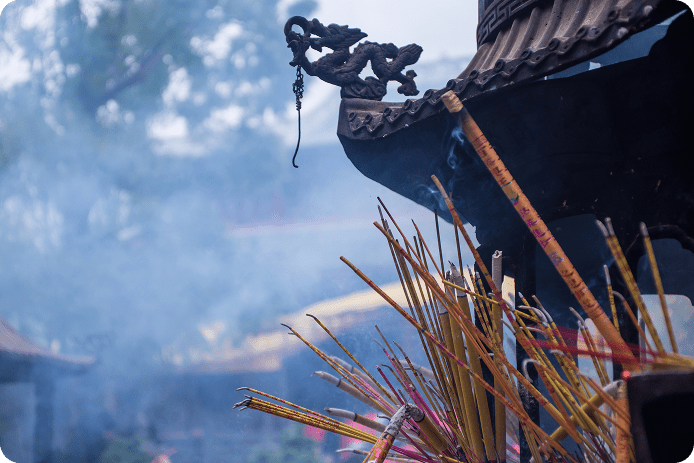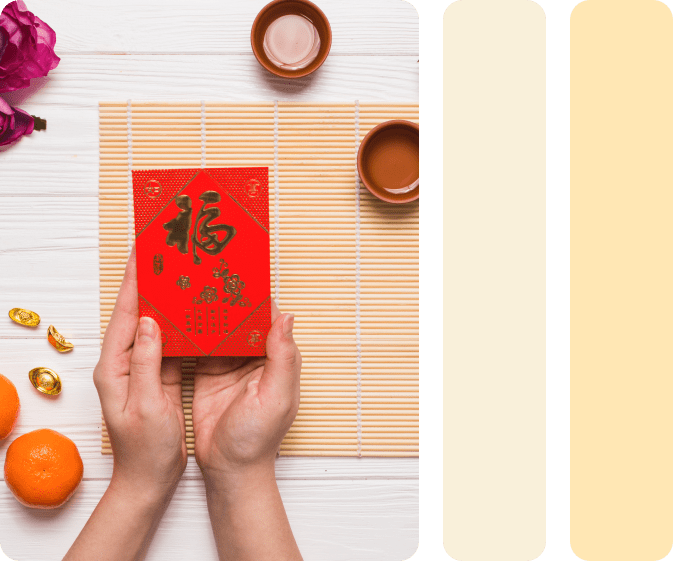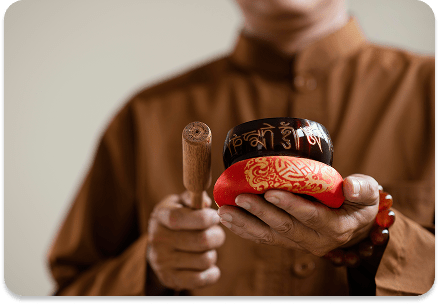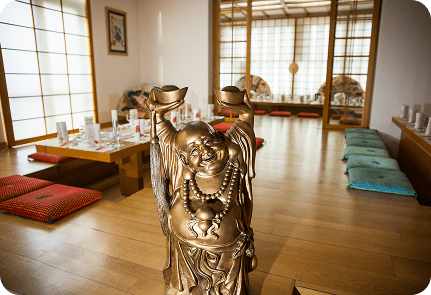Exploring the Ancient Ritual of Burning Joss Paper in Chinese Culture
The education and preservation of cultural knowledge: Include insights or stories about the history and meanings behind the rituals.
The ritual of burning joss paper, also known as zhǐ qián (紙錢) or ghost money, is a profound practice deeply embedded in Chinese culture. This ancient tradition serves as a bridge between the living and the spiritual realms, allowing for communication, honour, and support of ancestors and deities. Let’s delve into the rich history, cultural significance, and esoteric principles that underpin this enduring practice.

Historical Origins
Who, Where, and When It Began
The origins of burning joss paper trace back over 2,000 years to the early Han Dynasty (206 BCE – 220 CE). The practice evolved from ancient funerary customs where real goods and treasures were buried with the deceased to provide for them in the afterlife. However, as times changed, the burning of symbolic representations became a more pragmatic and accessible alternative.
Why It Started
Initially, the elite and royalty would entomb valuable items, including precious metals, ceramics, and even servants, to accompany them. Recognizing the extravagance and potential social issues (like grave robbery and loss of wealth), society gradually shifted towards using paper replicas. This allowed people of all social classes to honor their loved ones without the material burden, democratizing the ritual and embedding it firmly into Chinese cultural practices.

Evolution of the Practice
From Tangible Goods to Symbolic Offerings
As Chinese papermaking advanced, especially during the Tang Dynasty (618–907 CE), the use of paper became widespread. Craftsmen began creating intricate paper effigies of goods like houses, clothing, and money, which could be ritually burnt to transmit their essence to the afterlife.
Cultural Adaptations
Over centuries, the practice adapted to societal changes. In modern times, offerings have expanded to include paper models of modern luxuries: cars, smartphones, and even passports, reflecting contemporary desires and the evolving concept of comfort and status.

Cultural Aspects and Goals
Honouring Ancestors
At its core, burning joss paper is an act of filial piety (xiào, 孝), a fundamental value in Chinese society emphasizing respect and care
for one’s elders and ancestors. The ritual provides:
Support in the Afterlife: Supplying ancestors with necessities and comforts they might need.
Maintaining Relationships: Keeping the bond between the living and the deceased strong and active.
Seeking Blessings: Honoring ancestors to receive guidance, protection, and prosperity in return.
Appeasing Spirits: It’s also believed that restless or neglected spirits could cause misfortune. By offering joss paper, individuals aim to:
Appease Wandering Souls: Ensuring that all spirits are acknowledged and provided for during festivals like the Hungry Ghost Festival.
Balance Between Realms: Maintaining harmony between the physical world and the spiritual realm.

Cultural Aspects and Goals
Temples as Spiritual Conduits
Temples play a crucial role in facilitating these rituals:



Community Gatherings:
They serve as communal spaces where people come together to perform rites, especially during significant festivals.
Guidance and Ritual Expertise:
Monks, priests, and temple staff provide instructions on proper rituals to ensure efficacy and respect.
Spiritual Energy Centres:
Temples are considered spaces where the Qi (vital energy) is strong, enhancing the effectiveness of the offerings.
Religious Practices
The ritual spans several belief systems:



Taoism:
Emphasizes harmony with the Tao, the fundamental principle underlying the universe. Burning joss paper aligns with Taoist practices of engaging with the spirit world and maintaining cosmic balance.
Buddhism:
While traditional Buddhism doesn’t advocate material offerings to the deceased, in Chinese folk Buddhism, the practice has been integrated to honor ancestral spirits.
Chinese Folk Religion:
An amalgamation of ancestor worship, animism, and local deities, heavily incorporates joss paper offerings as a means to interact with the spiritual world.
Testimonials and Anecdotes
Stories of Connection
While empirical evidence of the ritual’s effectiveness is rooted in personal belief, numerous anecdotes illustrate its significance:
Dream Visitations: Many recount experiences where ancestors appear in dreams expressing gratitude for the offerings or providing guidance.
Resolved Misfortunes: Cases where after performing the ritual, individuals notice alleviation of bad luck or obstacles, attributing it to ancestral intervention.
Community Well-being: Villages performing collective rituals report harmonious living and prosperity, reinforcing the ritual’s perceived communal benefits
